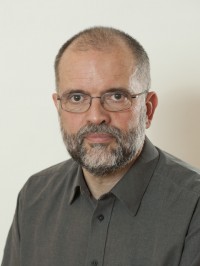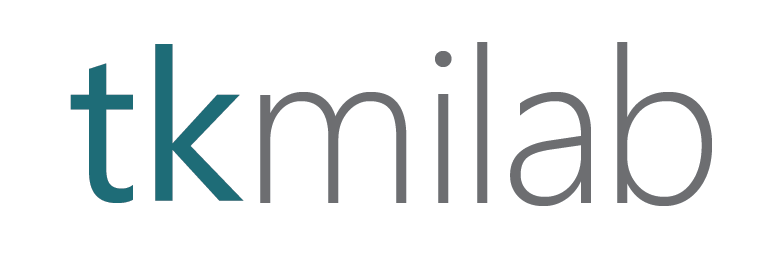Funding: OTKA
Duration: November 1, 2014 - October 31, 2019 (59 months)
Does it still matter whether a politician has a beard or is fat, as it did thirty years ago in Hungary? Is it possible that a political community is constituted not by common ideology or values but by the common enemy? Have media outlets always identified themselves with political parties or is this a rather recent trend? Is migration really a new hot topic for Hungary’s right-wing groups? Why is it so difficult for the left to engage in cooperation and respond to this trend?
Such questions are raised and answered during the five-year-long project “Political Communication in Hungary, 1990 to 2015” run by the Political Communication Research Group in the Institute for Political Sciences, at the Centre for Social Sciences. As a start, the Group had used network analysis to make a rough sketch of the most important political communities for the twenty-five years beginning at the first democratic elections. Then, the analysis focused on the main characters, that is, politicians, parties, civil organisations, and the ways they were constructed.
As part of the project’s methods, the researchers also gathered data about the most frequently mentioned causes and issues promoted in politics and the most used words, expressions, and argumentations that stuck to the political forces between 1990 and 2015. Furthermore, by favouring specific communication channels, by preferring certain colours and visuals, styles and exceptional actions, the political communities also characterised themselves. Leaning on social semiotics, the researchers presume that each political community is distinguished from the rest by the use and presence of such resources: both people belonging to the community and the ones outside of it are able to map political life and find their places in politics by identifying with the actors, causes, words and discourses, channels and visual communication that most likely suit their own sensibilities and views.
So far, the project produced three volumes and several articles, some in journals with impact factor. Additionally, it resulted in workshops as well as conference presentations: some in Hungary and others abroad. In 2019, the endeavour will come to an end with a bulky fourth volume, a panel in a relevant international conference, some further participation in academic events and plans on future projects in the realm of political communication.
Principal investigator (PI):
 |
Balázs Kiss Senior Research Fellow Researcher profile page Contact the PI |












